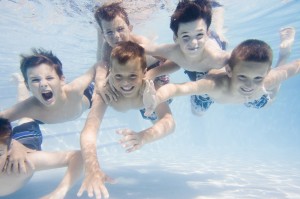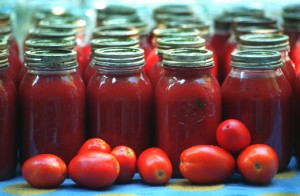I’ve seen the preservative, phenoxyethanol, on many cosmetic bottles so I finally took the time to find out what it is. According to Wikipedia, it is an organic chemical compound, a glycol ether often used in cosmetics, vaccines, and pharmaceuticals.
Chemical of the Day says that phenoxyethanol is commonly used as a fragrance ingredient so if you don’t see ‘phenoxyethanol’ in the ingredient list but you do see ‘fragrance’, it could be in there anyway. The Green Beauty Guide says these are ‘nicknames’ for phenoxyethanol:
IS IT SAFE?
Skin Deep considers phenoxyethanol a ‘4’ or ‘moderate risk’.
Numerous studies have shown it to be a skin irritant and the FDA warned consumers not use a nipple cream for breastfeeding mothers because the phenoxyethanol in it “can depress the central nervous system and may cause vomiting and diarrhea, which can lead to dehydration in infants.”
The Environmental Medical Division at Oregon Health Sciences University reported 3 cases of phenoxyethanol neurotoxicity:
2-Phenoxyethanol, used as an anesthetic for handling small fish at a salmon hatchery, caused three women to experience headache and symptoms of intoxication during use, followed by diminished sensation and strength of hands and fingers, worse in the preferred hand. Persistent neuropathy did not develop in any of them. After 1 to 2 years of exposure, the women manifested gradual onset of symptoms of cognitive impairment with an inability to work. Neuropsychologic testing verified that all three had focal cognitive impairments that persisted. One also had documented labyrinthine hypofunction, which originated during this exposure.
Phenoxyethanol is considered a “safer preservative” so I bet if you look at many of the skin care products labeled ‘natural’, you’ll find phenoxyethanol as an ingredient. I’m constantly looking at the ingredients on products at the store so I see it all the time. Up until this point, I haven’t specifically avoided it but I probably will going forward, as much as I can.
Do you read ingredient lists on cosmetics? What chemicals do you specifically look for to avoid?




